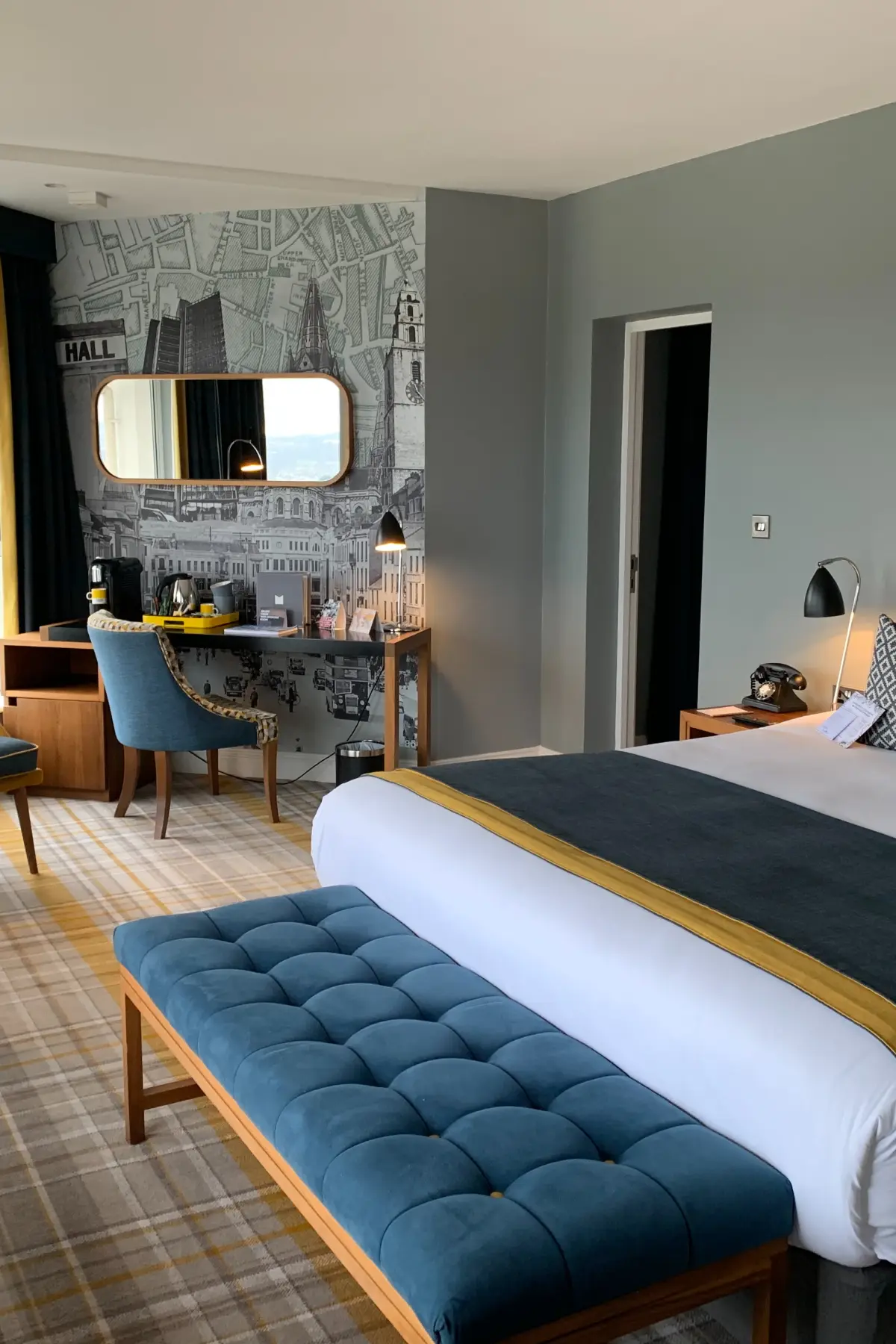Micro homes and minimalistic living have exploded in recent years due to their low cost and environmentally friendly energy ratings. These tiny tree-hugging spaces are great for the planet, but they require some creative furniture solutions to be liveable. This guide can help you choose furniture for small spaces, from storage to seating to pieces that do both.
Consider wall-mounted options

Wall-mounted options free up floor space by getting your most oversized furniture up in the air. Some pieces can even tuck away when not used to make sure you get the most out of every square foot.
Beds
Murphy beds, or wall-mounted beds that fold up when you don’t need them, remain popular for smaller spaces.
These wall-mounted beds are space-savers that you can customize to fit any space and aesthetic. Using a Murphy bed, you can snooze comfortably at night and open the space up for work or entertaining during the day. Don’t skimp on the bedding, though. You may want to invest in a custom mattress that meets the height and weight requirements for the bed to work correctly.
Tables, desks, and nightstands
Wall-mounted folding tables can save valuable floor space, and you’ll find different models for nearly every room in your house. You can even fit smaller tables in unique areas, like corners and narrow walls, to maximize vertical space. If you’re not the type to host guests at a magnificent six-seater oak dining table, then these space-savvy folding tables might be perfect for you.
Seating
It’s helpful to have extra seating when guests visit, but that doesn’t mean you need to store chairs and benches for special occasions. Fold-up seating allows you to entertain on occasion then disappear when the party ends so that you can go about your life without the ghosts of parties past hanging around.

Try convertible, multifunctional pieces
When choosing furniture for small spaces, it’s a good idea to consider multifunctional pieces. There are several convertible and expandable furniture items that serve multiple purposes to maximize floor space.
For example, choosing a sofa for a small space isn’t easy because it’s usually the focal point in a living area, yet it can’t be large and in charge. However, pull-out sofas offer both seating and sleeping to accommodate visitors. You can also find ottomans that double as storage containers and wall-mounted tables that double as shelves. When it comes to maximizing your space, efficiency is the name of the game.
Now that you’ve got your vertical space squared away, here are some additional tips for getting the most out of limited space.
Keep furniture slim and light

Lightweight, compact furniture creates clean lines and makes a room look more spacious. Try to avoid puffy, oversized pieces and go for slim designs with tight lines. Glass is an excellent choice for opening up an area and making it feel lighter.
Outfitting a small kitchen can be a true challenge for some homes. Start with tables and chairs featuring slender legs, look for narrow fixtures, and keep the color scheme light. Segregating your vertical space into lighter colours on top and dark colours on the bottom is another great way to create the illusion of spaciousness. Consider tables and chairs with dark legs and lighter tops.
Get creative with your furniture
Suppose you find a sideboard that would make a fantastic dresser at half the size. You should take the plunge and go for it. Just because a piece of furniture falls under one purpose doesn’t mean you can’t repurpose it to meet your needs. Remember, it’s your house and your interior design. Whatever you say goes, so go all out.

Experiment with a monochromatic colour scheme
Another tip for choosing furniture for small spaces is embracing a monochromatic colour scheme. Go with neutral colours whenever possible, and don’t be afraid of setting white furniture against white walls. A little accent colour here or there will add depth to any room.
Before you go
Living in a small space can alleviate a lot of stress, especially when you know how to work it. Using convertible pieces that work together and creating an open arrangement can make your small space feel roomier.

